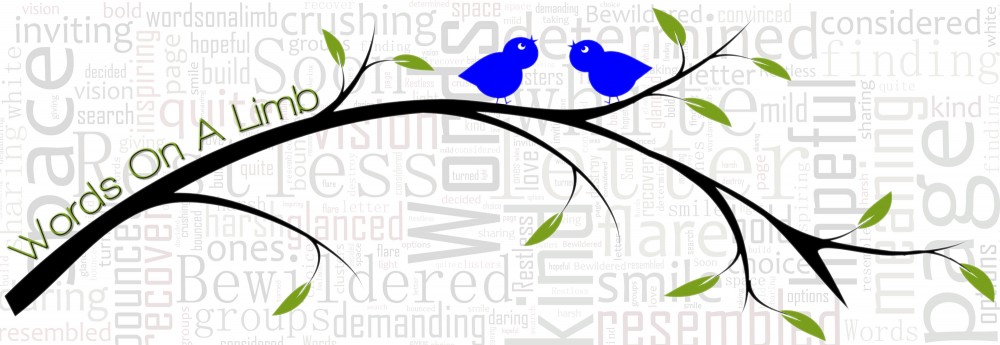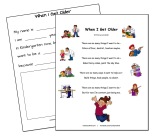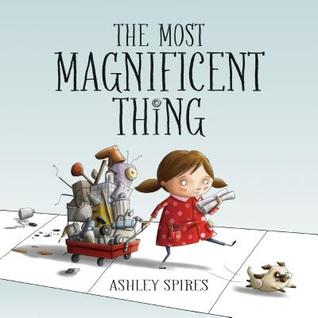Today we lost one of literature’s most endearing, inspiring, brilliant leaders, Maya Angelou.
She was known for many things – actress, director, producer, teacher, activist, but perhaps what set her apart was her brilliant contribution to the world of literature as a poet and writer. In her autobiography, “Caged Bird”, Maya Angelou challenged the common structure of writing by producing work that her editor, Robert Loomis called, “high art”.
In honour of her life and the inspiration she has left with us, I’d like to share some of her words. They will continue to enlighten us in her passing.
Words mean more than what is set down on paper.
It takes the human voice to infuse them with deeper meaning.
If you don’t like something, change it.
If you can’t change it, change your attitude.
I’ve learned that people will forget what you said, people will forget what you did, but people will never forget how you made them feel.
My great hope is to laugh as much as I cry; to get my work done and try to love somebody and have the courage to accept the love in return.
Love recognizes no barriers. It jumps hurdles, leaps fences, penetrates walls to arrive at its destination full of hope.
There is no greater agony than bearing
an untold story inside you.
Any book that helps a child to form a habit of reading, to make reading one of his deep and continuing needs, is good for him.
We may encounter many defeats
but we must not be defeated.
If you have only one smile in you
give it to the people you love.
If you find it in your heart to care for somebody else,
you will have succeeded.
Life loves the liver of it.
Rest in peace Maya.


 Great article remembering Maya Angelou by Jian Ghomeshi
Great article remembering Maya Angelou by Jian Ghomeshi








 Pollyanna Darling
Pollyanna Darling








 Is it just me or have we lost touch with life?
Is it just me or have we lost touch with life?